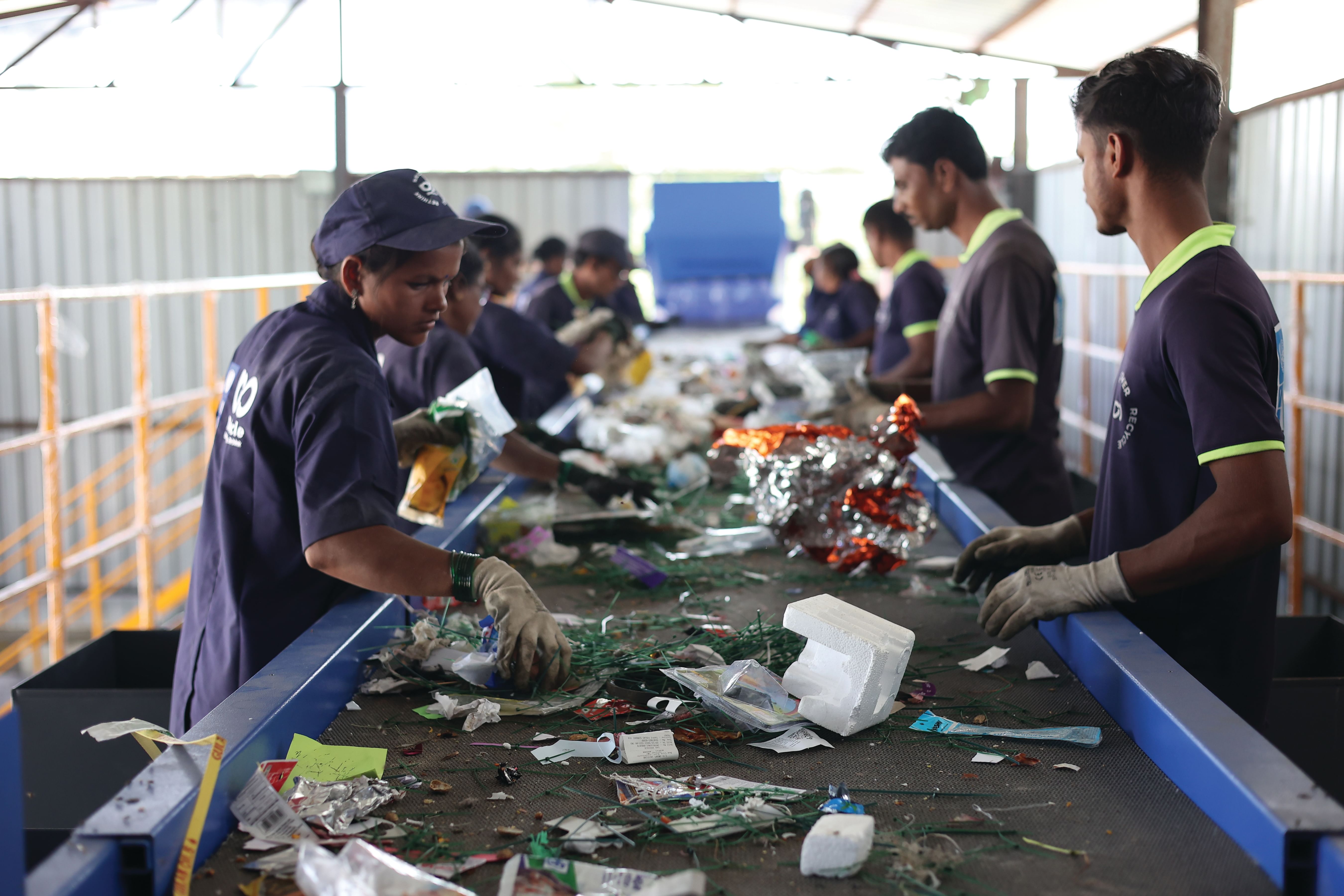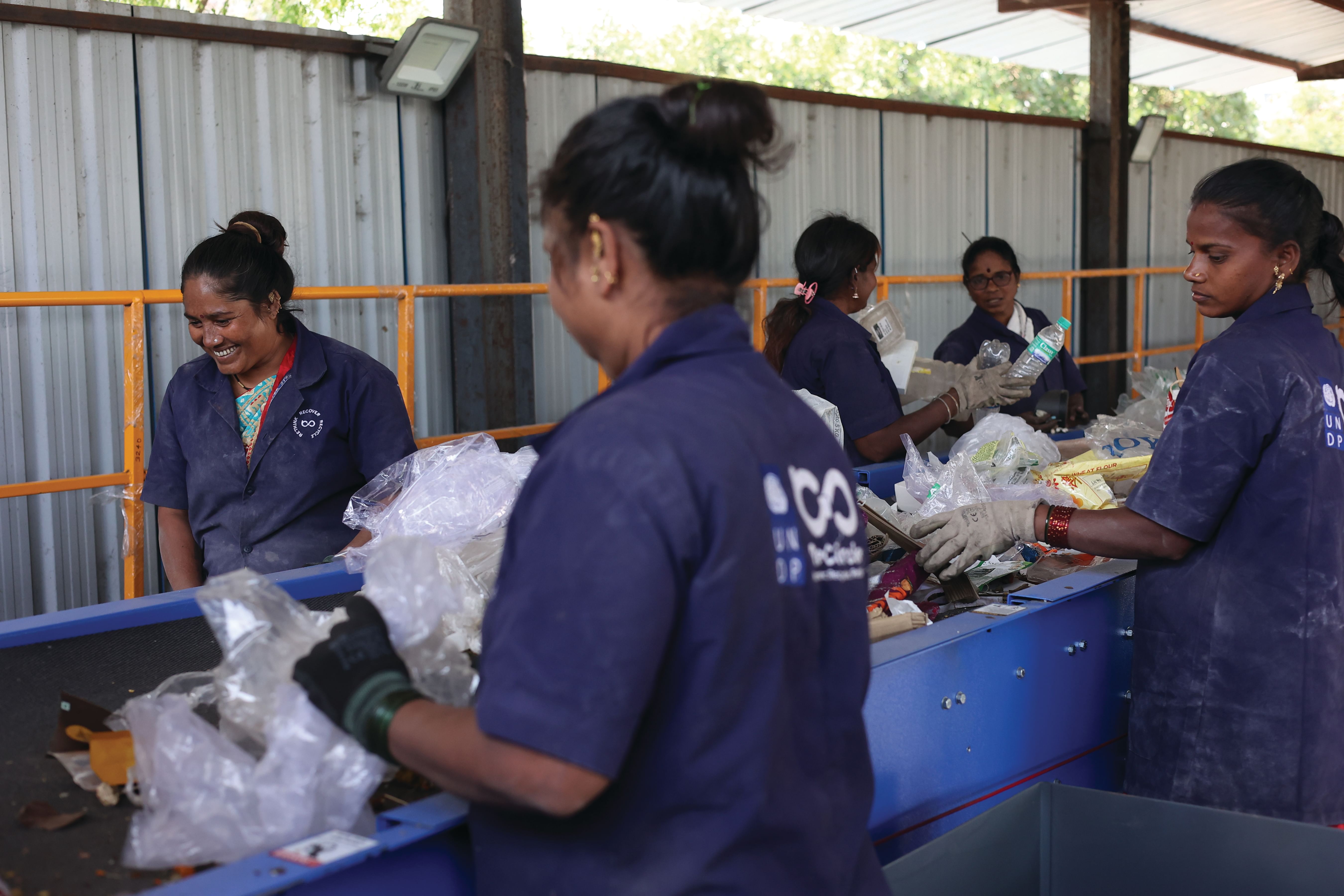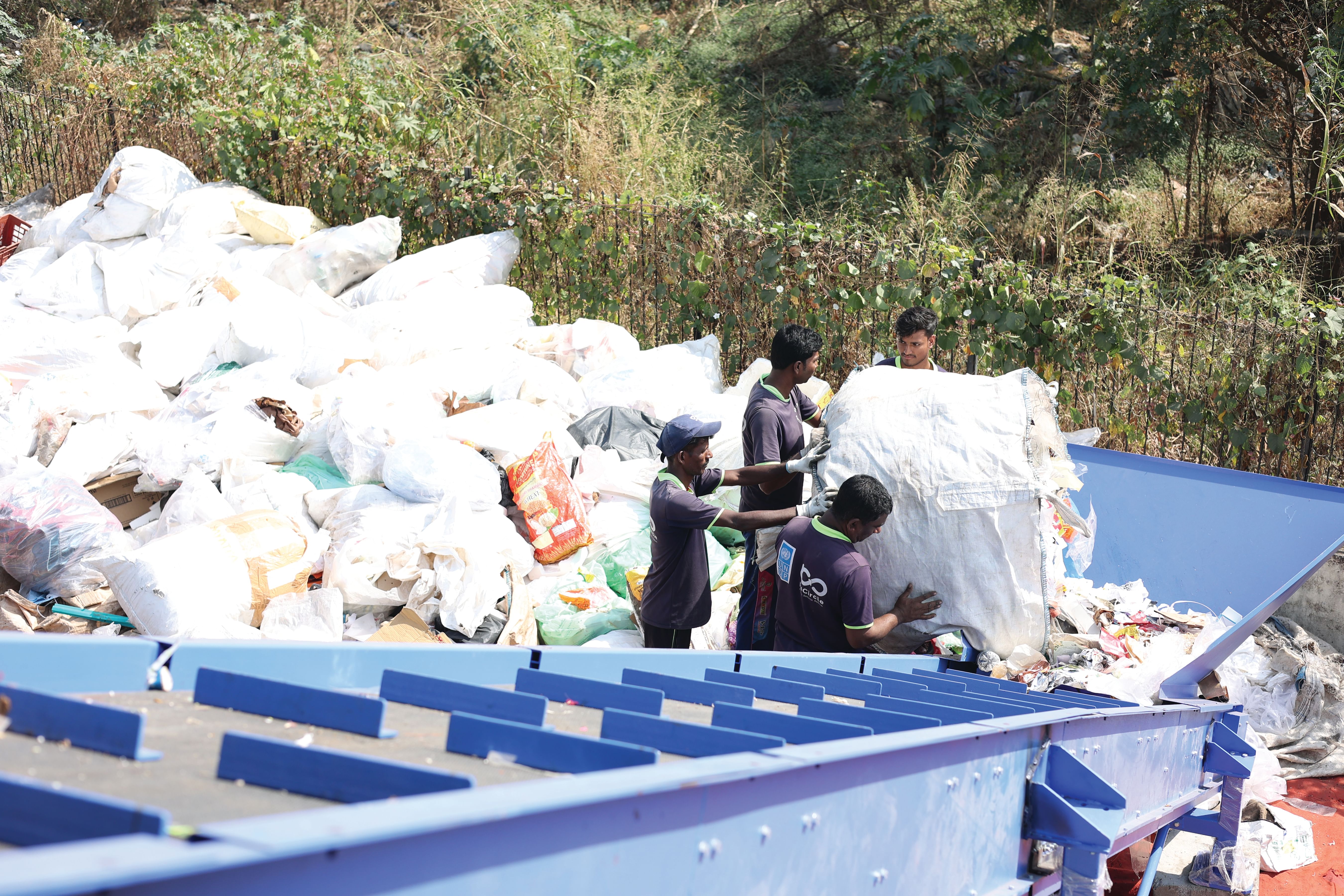Plastic pains; opportunities gained: ReCircle’s Rahul Nainani speaks
Rahul Nainani, CEO and co-founder of ReCircle, discusses India’s new recycling guidelines, challenges in plastic waste management, and how businesses can adapt to evolving sustainability standards
05 May 2025 | 4726 Views | By Anhata Rooprai
Anhata Rooprai (AR): How do you see the new plastic recycling guidelines, which were set to take effect from 1 April?
Rahul Nainani (RN): The new plastic recycling guidelines in India mark a significant shift in how brands approach packaging sustainability. With mandates requiring 30% recycled content in rigid plastics, 10% in flexible plastics, and 5% in multi-layered plastics by FY26, the move signals progress.
AR: How will it impact the supply chains?
RN: The industry is grappling with a shortage of food-grade recycled PET, infrastructure gaps, and fragmented supply chains. Meeting above targets will require swift, large-scale disruption, with businesses needing to scale up recycling capacities, secure reliable sources of recycled content, and upgrade processing technologies. Delays in adapting could impact packaging and delivery timelines.
AR: What are the key challenges companies will face in meeting the new recycling targets, such as the 30% recycled content for rigid plastics by FY26?
RN: The most pressing challenge is the limited availability of high-quality, food-grade recycled PET. Demand is outpacing supply, and without investments in scaling up recycling infrastructure, brands will struggle to source the necessary materials.
AR: What consequences will it have on the logistics; where cost and quality are often intertwined?
RN: Recycled plastic is more expensive, adding financial pressure on businesses. Quality assurance is another roadblock; maintaining safety and performance standards for recycled plastic requires rigorous testing and consistency, which isn’t always easy to achieve.
AR: How will ReCircle support FMCG brands in managing their Extended Producer Responsibility (EPR) obligations under the new guidelines?
RN: We help FMCG brands comply with EPR obligations through a network of over 20 processing partners and more than 200 collection partners across 300+ locations in India. Additionally, we supply ethically sourced, high-quality recycled materials, helping brands reduce reliance on virgin plastic, lower their carbon footprint, and move toward a circular packaging model.
AR: How will this wide network of processing and collection partners be monitored?
RN: Through our digital platform ClimaOne. It ensures complete traceability of plastic credits, providing real-time insights into sustainability impacts.
AR: According to you, are businesses prepared to adapt to the increased minimum thickness for plastic carry bags to 50-microns?
RN: It’s still in the early stages. Thicker plastic bags require more raw material, which leads to increased costs. For smaller businesses, this could mean rethinking pricing strategies to absorb the additional expense. The transition also affects manufacturing and sourcing, with businesses needing to either upgrade their production lines or find new suppliers.
AR: Two months ago, WhatPackaging? surveyed more than 130 people across cities and income groups. The findings had shown that many respondents struggle to identify different types of plastic…
RN: A major reason for this lack of awareness is the absence of widespread education on waste segregation and recycling. For most consumers, plastic is just plastic—it’s not seen as something that can have different properties, recyclability levels, or environmental impacts.
AR: What do you think can be done to improve public awareness of recycling, particularly in India’s lower-income groups? What is ReCircle doing to improve this?
RN: The key to solving this isn’t just education—it’s engagement. Information needs to be accessible, relatable, and part of everyday conversations. At ReCircle, we’re tackling this challenge through on-ground collection drives, awareness programmes in schools, and segregation workshops in offices and communities.
AR: It seems that these initiatives go beyond just sharing information…
RN: We actively involve people in the process, making recycling a habit rather than an afterthought. Beyond consumers, we also work closely with our safai saathis (informal waste workers), collection partners, and processing partners to build their capacity and ensure that they are equipped with the right knowledge.
AR: Over 40% of those survey respondents were unaware of recyclability criteria. What steps can companies take to educate consumers about recyclable packaging?
RN: Brands need to communicate better. Clear, consistent labelling on packaging can make a huge difference—if a product is recyclable, it should be obvious to the consumer. Beyond that, incentivising responsible behaviour, whether through take-back programmes or reward systems, can also be an effective approach.
AR: How do you think the introduction of digital EPR certificates will impact compliance tracking and transparency in the waste management process?
RN: Digital EPR simplifies compliance by offering real-time tracking, reducing inefficiencies, and ensuring greater accountability. It will lead to a shift toward more structured, data-driven waste management systems that foster industry-wide accountability.
AR: What strategies would you recommend to businesses to ensure they meet the evolving sustainability and compliance standards?
RN: Businesses must move beyond a compliance-first mindset and integrate sustainability into their core strategy. Key steps include investing in recycling and collection infrastructure by proactively supporting the development of collection and processing facilities to ensure a steady supply of recycled materials.
AR: How can innovation in packaging assist in sustainability?
RN: Through prioritising of sustainable packaging innovations by shifting towards mono-materials, biodegradable alternatives, and high-quality recycled plastics to future-proof the packaging strategies, and through leveraging digital traceability by implementing tech-driven compliance tracking to enhance transparency, accountability, and supply chain efficiency.
AR: What are we doing wrong; and then what have we got it right…
RN: Our key issue is of continued reliance on a linear ‘make-take-waste’ model, coupled with a lack of awareness of proper disposal and recycling. On the positive side, we have stronger policies and accountability. Moving forward, we need to innovate and scale up to address regional challenges.


